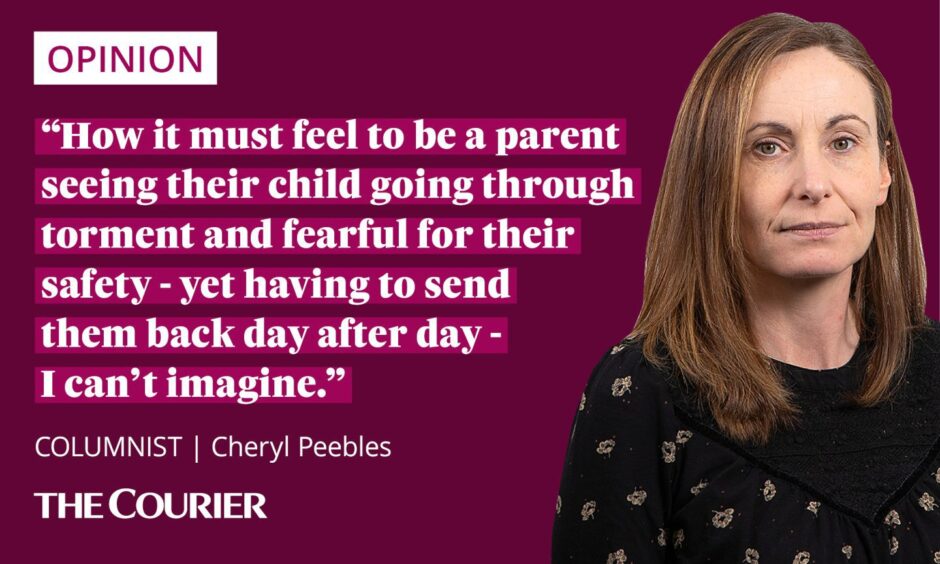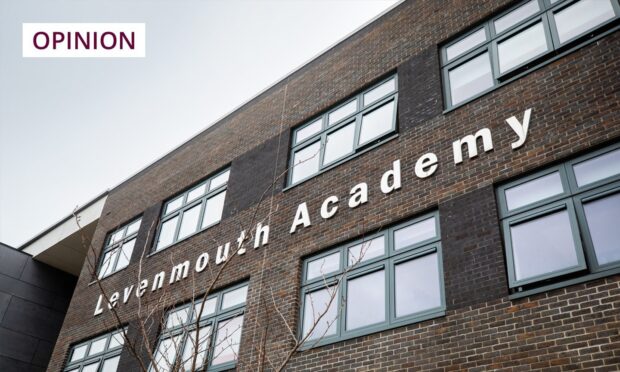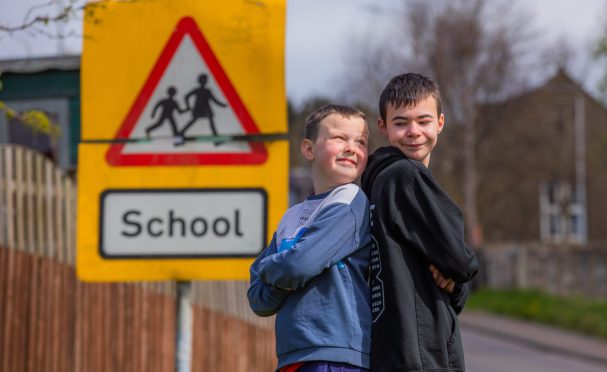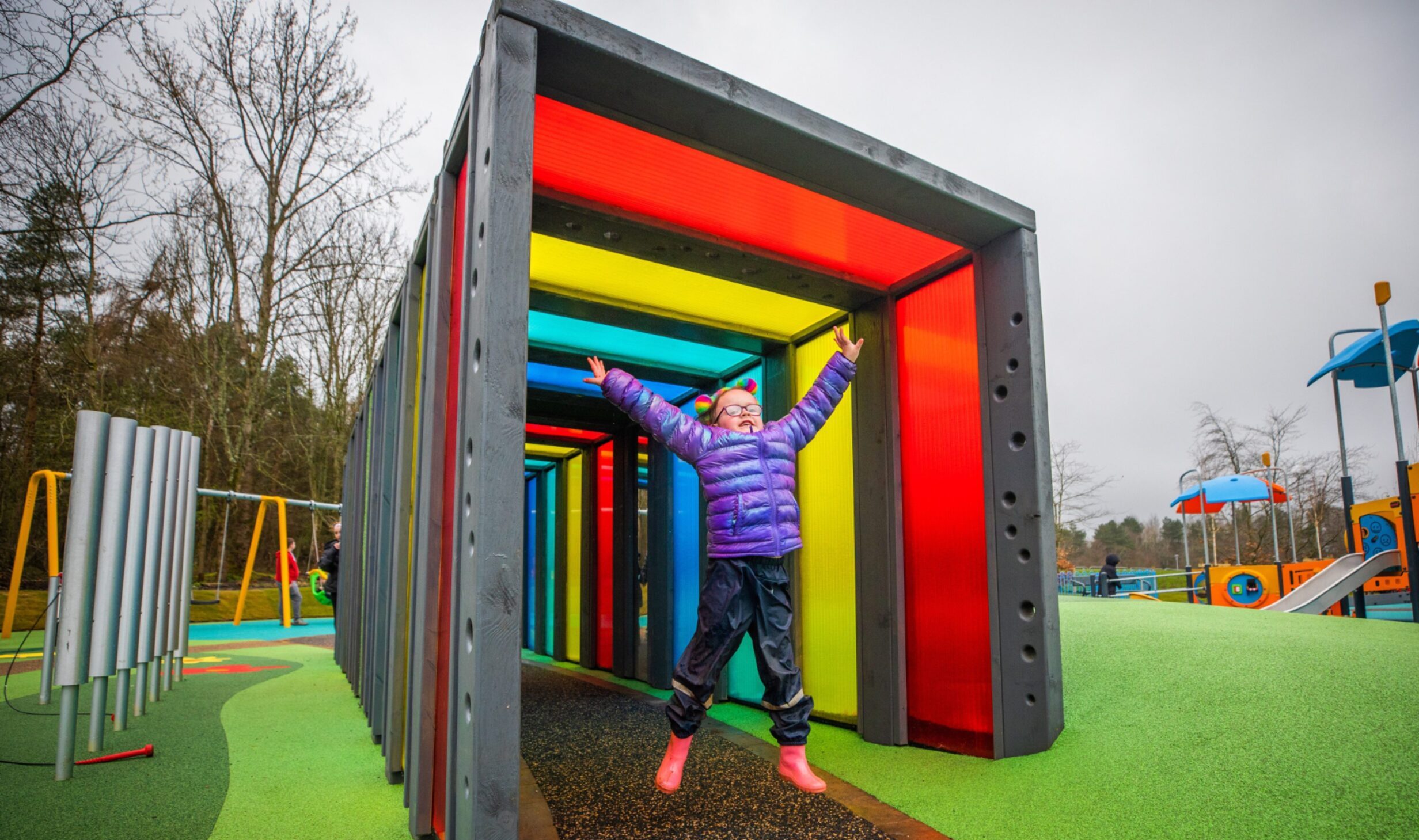“I was hurting myself, I had suicidal thoughts.”
“Nobody was helping me or listening to me.”
Those words written by a young victim shocked me to the core as I wrote yet another article about school bullying last week.
I say bullying, but the word is insufficient to describe what in many cases is actually violence and assault.
On this occasion the location was Levenmouth Academy but it could have been any school in the country as there can’t be many – if any – free of bullying and violence.
A group of mums came to The Courier, saying something needs to be done.
Enough is enough.
Of course, something is being done. Lots is being done.
Like other schools, Levenmouth Academy is trying hard to get to grips with a situation that causes misery for many, many children and young people.

No one who works in a school wants to see any pupil shoved around, taunted, isolated, attacked.
But what’s being done isn’t working. Or it’s not working enough.
The mums I spoke to asked people in their community to share their experiences of bullying at Levenmouth Academy.
And they were flooded with responses which make grim reading. Young people self-harming, feeling suicidal, absent from school for weeks on end because they were too frightened or anxious to return.
My own son started secondary this year, at a school almost as big as Levenmouth and which has had its own issues with bullying.
I’m paranoid about him being targeted or even witnessing something traumatic. Every day he comes home I watch for signs of a change of a mood or some other hint of distress. Thankfully, he’s been nothing but happy and relaxed.
But I know I’m lucky to be in that position.
How it must feel to be a parent seeing their child going through torment and fearful for their safety – yet having to send them back day after day – I can’t imagine.
One pupil excluded Scotland-wide
From those parents, I hear the same complaint time and again. An incident occurs. And the next day or perhaps the day after, the perpetrator is back in the classroom. Their own child ends up being shifted – away from their friends – to protect them.
Scottish Government statistics show that 70% of exclusions during the 2020/21 academic year – the most recent figures available – were for one or two days. Only 2% lasted more than a week. In the whole of Scotland only one pupil was excluded permanently.
The Scottish Government guidance upon which most schools’ anti-bullying approaches are based is built around promoting positive relationships and discourages exclusion.
Children and young people exhibiting bullying behaviour need help to identify why they behave this way, it says, and to understand the impact on others.
To respond to bullying schools should, it states, focus on developing resilience and promoting positive relationships.
Anti-bullying policies look good on paper
Of course, that makes so much sense, who wouldn’t agree with that approach?
Those doing the bullying can be considered victims too. Something makes them behave that way. Perhaps frustration, anger, a lack of self-esteem, a lack of parental guidance.
So promoting positive relationships and behaviour sounds absolutely like the right way to deal with bullying.
On paper.
But in reality, it’s failing to prevent the violence which is blighting school life for too many young people.
Are staff adequately trained in promoting positive relationships and behaviour? Are there enough of them to do so? Should this even be up to teachers?
No, no and no.
The solution starts with parents
Schools aren’t the cause of bullying, they’re just the melting pot into which youngsters are thrown in their hundreds.
And the result is teachers who should be teaching spend their valuable time dealing with emotional and physical outbursts instead. They are neither counsellors nor police officers and neither should they be.
The roots of bullying go much deeper than schools and extend into society as a whole.
They start with parents and they start at the beginning. Parents first and foremost have the responsibility to respect their children and to teach them to respect others, to love them and to equip them with a sense of self-worth.
Some parents need help to do that. That’s not the responsibility of schools, but it’s something they can and do enable already, working with other agencies.
Are schools too big?
And perhaps the solution also lies in the physical environment. Are schools just too big? Do we need a shift in how education is provided to get away from the negative impact of herd mentality?
Certainly, the environment can be a factor for many with poor mental health, so-called school refusers who just can’t face going into class.
Services like Anxiety in Motion in Dundee get young people so anxious they struggle to leave their bedrooms back into education.
They work because they are small, a non-threatening space for those for whom mainstream school just doesn’t work, but there are too few of them.
In May, Education Secretary Jenny Gilruth announced a summit on tackling violence in schools.
“Any form of violence in our schools is completely unacceptable,” she said.
Discussions with head teachers, staff, pupils have already been held and continue this month and next.
In November evidence from the research into behaviour in Scottish schools will be published.
Let’s hope they shed some light on how we can tackle the scourge and protect our children and young people.
Just because bullying always has been a problem in schools doesn’t mean it always should be.
Enough is enough.
Cheryl Peebles is a mum-of-two and writes features about schools, education, and family matters.











Conversation